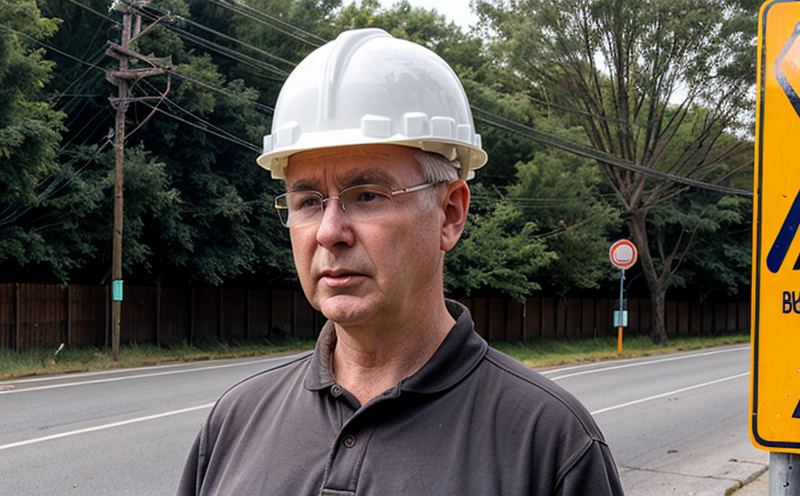ISO 9613-2 Attenuation of Sound During Propagation Outdoors
The ISO 9613 series addresses sound propagation in outdoor environments. Specifically, ISO 9613-2 focuses on the measurement and description of sound attenuation during propagation outdoors. This standard is crucial for understanding how sound waves behave as they travel from a source to a receiver in open spaces.
The test described in this standard is particularly relevant in urban planning, environmental impact assessments (EIAs), and noise control projects. It helps assess the effectiveness of barriers or other mitigation measures designed to reduce community noise levels. Compliance with such standards ensures that developments meet regulatory requirements, thereby promoting a healthier and more comfortable living environment.
The test involves measuring sound pressure levels at various distances from the source using microphones placed on a line perpendicular to the direction of propagation. The data collected is used to determine the attenuation in decibels (dB) as a function of distance. This information can be invaluable for urban planners, architects, and environmental scientists.
The primary outcome of this test provides valuable insights into the sound environment around industrial facilities, construction sites, or other significant noise sources. It aids decision-making regarding appropriate buffer zones between such sources and residential areas to minimize adverse effects on communities.
The methodology is designed to be consistent with international best practices defined in ISO 9613-2, ensuring that results are comparable across different regions and jurisdictions. This standardization facilitates effective communication among stakeholders involved in environmental protection initiatives.
Understanding sound propagation through outdoor environments also plays a critical role in research activities aimed at developing quieter machinery or innovative architectural solutions for noise reduction. By accurately quantifying attenuation rates, engineers can design more efficient noise control strategies tailored to specific project needs.
Scope and Methodology
| Aspect | Description |
|---|---|
| Measurement Location | The measurement is conducted along a line perpendicular to the direction of sound propagation from the source. Microphones are placed at regular intervals. |
| Sound Source | A broadband noise source or a specific frequency band generator is used, depending on the application. |
| Reference Point | The reference point for measuring attenuation is typically set at a distance where directivity effects are negligible. |
| Data Collection | Samples are collected using calibrated microphones and analyzed to determine sound pressure levels at each measurement point. |
The procedure outlined in ISO 9613-2 ensures accurate quantification of sound attenuation, which is essential for various applications including industrial hygiene studies, environmental impact assessments, urban planning projects, and more. By following this standardized approach, professionals can ensure that their measurements are reliable and consistent with international standards.
Quality and Reliability Assurance
- The use of certified reference microphones ensures accurate sound pressure level measurements.
- Data processing is performed by trained personnel using validated software tools to minimize errors.
To maintain high standards, regular calibration checks are conducted on all equipment used in the testing process. This includes periodic recalibration of microphones and validation of data collection protocols. Additionally, inter-laboratory comparisons are carried out periodically to ensure consistency across different facilities performing similar tests.
Compliance with ISO 9613-2 requires adherence to strict quality assurance procedures at every stage of the testing process—from initial setup through final reporting. This ensures that results are reliable and can be trusted by regulatory bodies and other stakeholders involved in environmental protection initiatives.
Environmental and Sustainability Contributions
- The test contributes to reducing noise pollution by providing data that helps design effective mitigation strategies.
- By quantifying sound attenuation, it aids in meeting regulatory requirements related to environmental noise control.
This service plays a vital role in promoting sustainable development practices. For instance, it supports the implementation of quieter technologies and materials in construction projects, which ultimately leads to improved air quality and better living conditions for residents near industrial areas or busy roads.
Moreover, understanding sound propagation helps minimize the adverse effects of noise on wildlife habitats, contributing positively to biodiversity conservation efforts within urban environments. In summary, this service aligns with broader goals of sustainability by addressing both human health concerns and ecological impacts associated with excessive noise levels.





